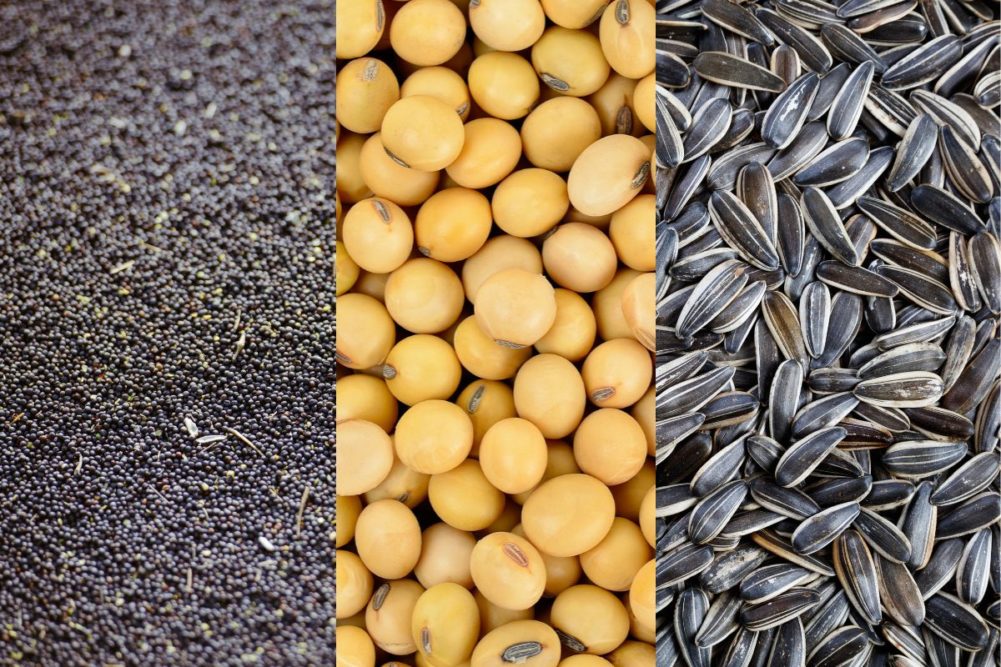VIENNA, AUSTRIA — Production of the three major oilseeds in the EU is forecast to increase 3% in 2022-23 due to a significant increase in planted area for all three, according to a report from the Foreign Agricultural Service of the US Department of Agriculture (USDA).
Total production of rapeseed, sunflower and soybeans is estimated at 31.1 million tonnes, up from 30.2 million tonnes in 2021-22. Planted area is estimated at 11.7 million hectares, up from 10.6 million the previous year.
Soybeans saw the biggest increase in planted area at 11.1% followed by sunflower, which was up 10.3%, and rapeseed, which increased 9.7%. Average yields are lower than the previous year due to hot and dry conditions in major production regions, the USDA said.
EU sunflower and soybean areas are at a record high and the rapeseed area increased for the first time after a significant decline in 2019.
“Attractive commodity prices, and to some extent uncertainty in the Black Sea market due to Russia’s invasion of Ukraine are the major drivers for the increases in area,” the USDA said.
Good crush margins for sunflower and rapeseed along with increased domestic availability are expected to lead to increased crush. With the resulting higher rapeseed meal production, higher use of rapeseed meal in animal feed is expected.
“Soybean meal use for feed use is forecast to be flat and sunflower meal feed use is projected to increase in the first half of 2022-23 but to decrease later in the year resulting in a lower feed use of about 1.5%,” the USDA said.
Food use of soybean oil is expected to increase with the scarcity of sunflower oil due to Russia’s invasion of Ukraine leading to a shift to other vegetable oils.
This is especially the case in countries that put in place recipe waivers for vegetable oil.
Industrial use of soybean oil is expected to plummet. Higher domestic supply of rapeseed oil also will be increasingly used for human domestic consumption. In addition, the higher availability and lower prices of sunflower oil are projected to lead to a strong rebound of sunflower oil in food consumption.





